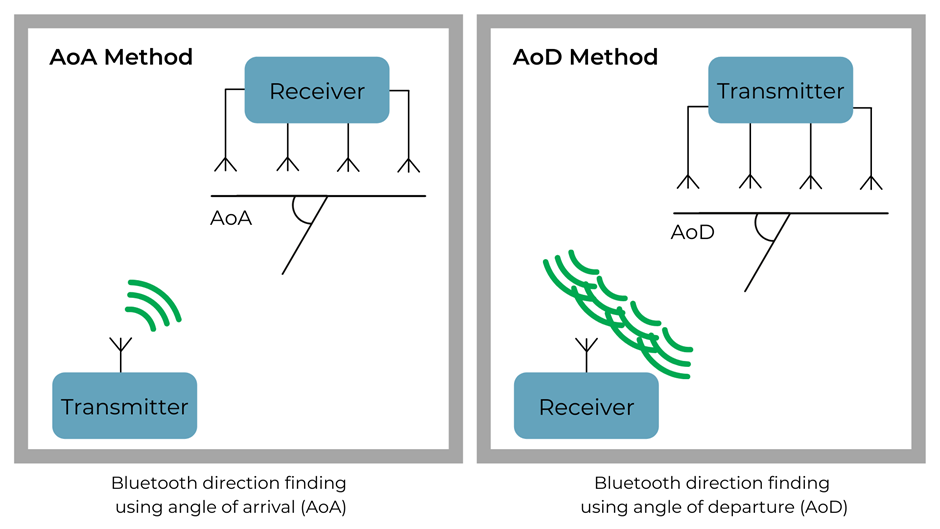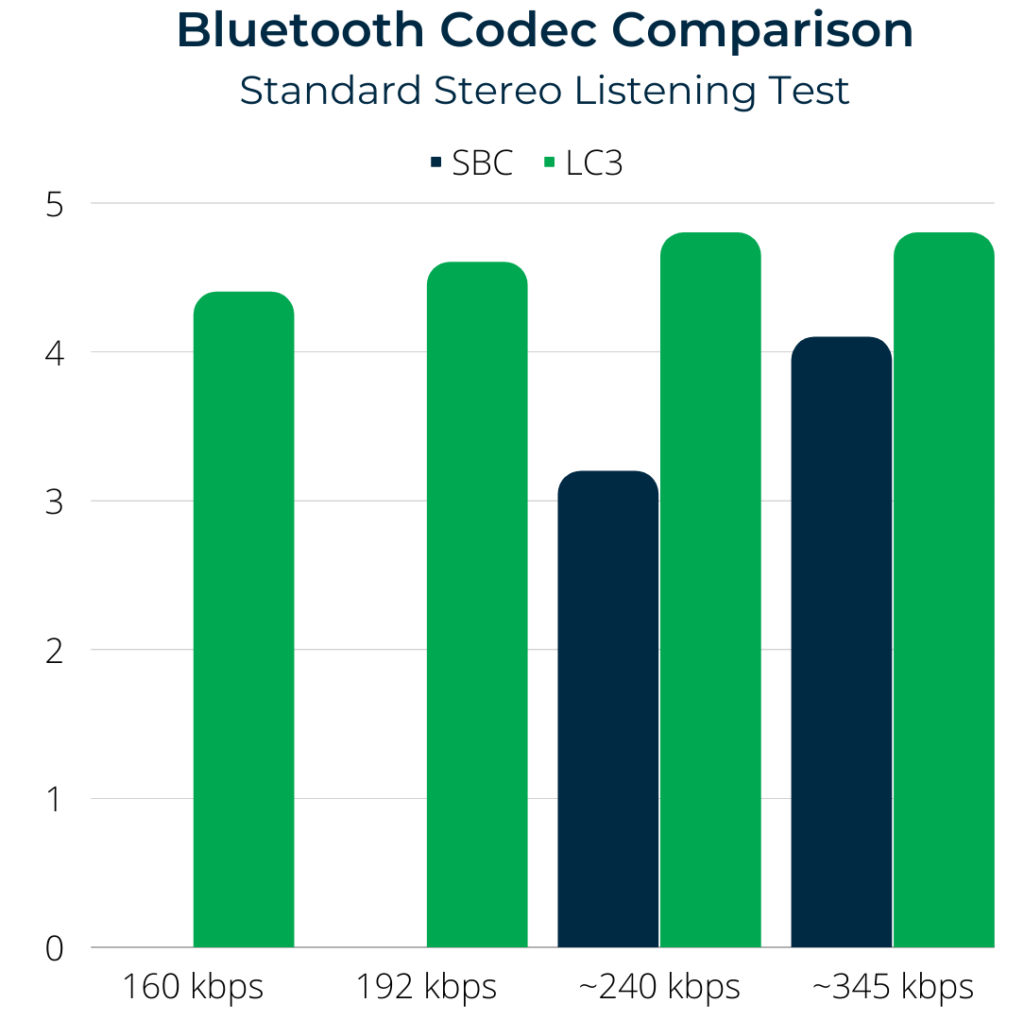
In the previous articles of the IoT series, we’ve covered utilising solar panels in smart sensors as well as the WI-SAN protocol. Today we’ll guide you through what’s new in Bluetooth 5.0. to 5.2 versions. Let’s dive in!
Everything doubled or even quadrupled with the arrival of version 5.0. Since then we have been able to observe quite a big bundle of exciting features coming to the Bluetooth standard. Here’s their compilation in the table below.
| No. | Bluetooth 5.0 (2016) | Bluetooth 5.1 (2019) | Bluetooth 5.2 (2020) |
| 1 | Transmission speed at 2 Mbps. | AoA/AoD Feature | LE Audio. |
| 2 | Range to 240 m (outdoor), 40 m (indoor). | GATT caching | Isochronous Channels (ISOC). |
| 3 | Low-power mode. | Improving the broadcasting process (one of the steps in establishing a connection). | LE mode power control (LEPC). |
| 4 | Operation of two devices at the same time. | Enhanced Attribute Protocol (EATT) | |
| 5 | MESH network support. |
The first major improvement we were brought by Bluetooth 5.0 is a much faster data transfer rate of 2 Mbps compared to the 1 Mbps of version 4.2.
In addition to that, the range has increased – to as much as 240 m in an open area and 40 m in an office environment. This is a considerable enhancement over the previous version.
Of particular importance from the IoT device perspective, is the ability to operate in low-power mode with the support of MESH networking. These are the two main functionalities used in cutting-edge smart sensors these days.
It’s also impossible to miss the option to connect two receivers simultaneously to a single Bluetooth transmitter.
One of the biggest changes that resulted from the upgrade to 5.1 is the use of different direction-finding methods. These different methods are AoA (Angle of Arrival) and AoD (Angle of Departure), which essentially allow your receiver and transmitter to know exactly where they are positionally situated in relation to one another. This can be a lot more precise now when compared with the BLE version that used the RSSI (Received Signal Strength Indicator) technique previously.

GATT (Generic Attribute Profile) caching was also introduced. GATT handles communication between devices once they are connected, often based on predefined device profiles. Device profiles are actually definitions of the data and formats that will be transmitted by a given device (e.g.: a medical sensor will have defined blood pressure and heart rate data). GATT buffering ensures that a given profile/communication requirement is kept in memory by the connected device. This ensures that when pairing with this device for the next time, the data will not be transmitted again. Thus, it significantly reduces the time and increases the stability of the connection.
Improving the broadcasting process, in a nutshell, made it possible to synchronise the scanning process and sending of information when establishing a connection. All that has led to a decrease in the energy required for the whole process. In addition to this, individual devices can share connection data so that during subsequent connections, devices do not need to exchange it, saving time and energy (e.g.: if your smartwatch exchanges data with your phone about the headphones it once connected to, so that when you connect to the headphones in the future using your phone, this data will not have to be exchanged).
The most significant feature designed to provide considerably reduced power seems to be the LE Audio (Low-Energy Audio). And to be more precise, the introduction of a new, more efficient codec (LC3) that enables a better audio transfer. The good news is that, as a result, devices such as headphones, for instance, can run longer on the same battery while delivering equally good sound quality.

What does this really mean for a user, though? To put it simply, users are given the option to connect to two devices at the same time. In practice, this brings users of a Bluetooth device the ability to work with multiple applications without being blocked. Plus, the connection is encrypted, which of course, makes it more secure.
Isochronous Channels (ISOC) are advancements in multipoint communication technology (e.g.: one transmitter to multiple receivers). It enhances the capabilities of devices with Bluetooth 5.2 by enabling the use of low-energy (LE) audio. As a result, it allows communication to multiple users’ devices for time-synchronized processing.
Last but not least is the Low-Energy Power Control feature, also known as LEPC. It makes it possible for devices to dynamically optimize the transmission power used in communication between connected devices. On top of that, the transmitter may be requested to change the transmit power by the device that is connected to it. What is worth highlighting is that during data transmission, the devices can exchange information to maintain an optimal signal strength from a low-power-use perspective.
As you can easily see, Bluetooth version 5.x brings an incredible array of new features to support energy efficiency and enhanced transmission performance. These functionalities may come extremely handy, especially in battery-powered IoT devices.
